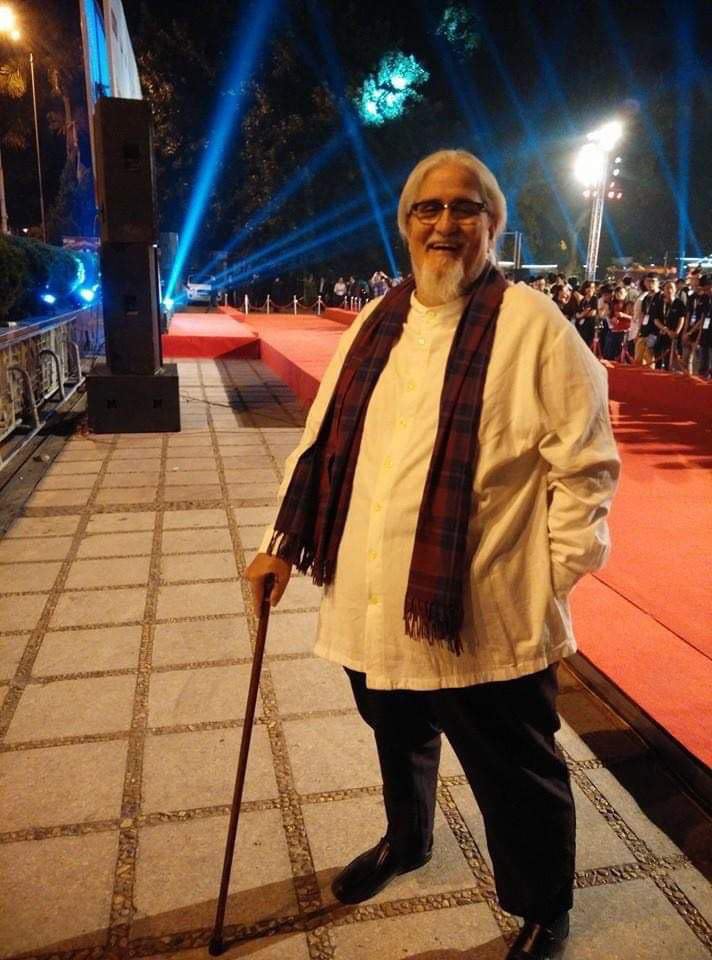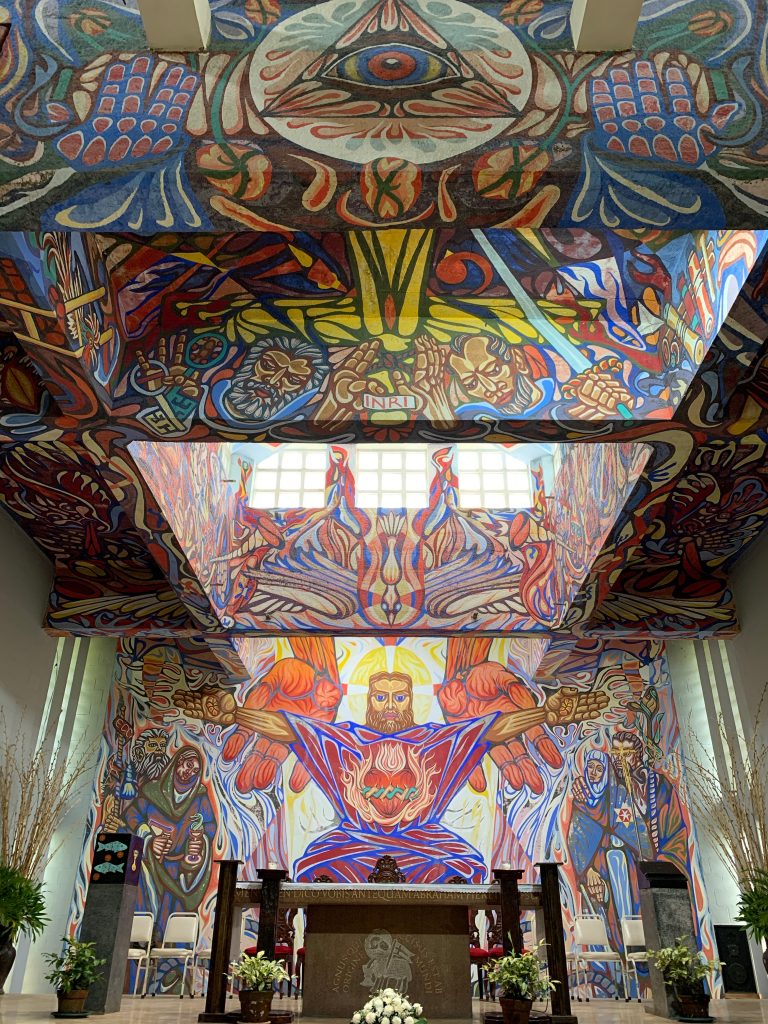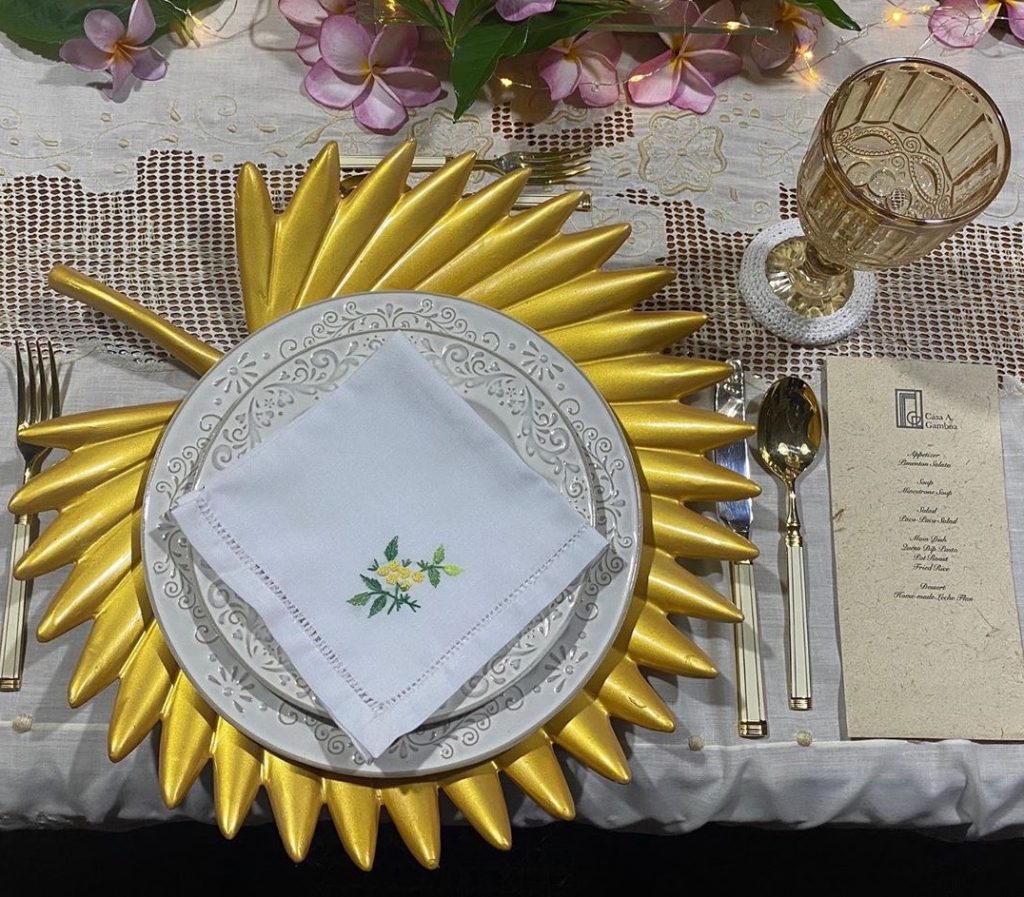As the world retreated into quarantine with borders closing and on-ground events on hold, Negros Season of Culture was busy recalibrating its plans for its first-year lineup of events in November.
Its raison d’etre remains as steadfast as ever: “to promote the cultural as-sets of our heritage and traditions, the unique identity of this province and the
talent of its people,” according to Angelica “Angie” Berrie at a Zoom meeting.
The foundation carrying her name spearheaded the organization tasked to bring these gifts to the consciousness of the local community and share it with the world. It’s a celebration that’s encapsulated in their tagline, “Rooted. Taking on the World.” By threading stories of creativity in a platform that dramatizes a regional narrative, local, national and global audiences can discover what makes Negros special.
Negros indeed has many riches to offer, as we discovered on a trip right before the lockdown. “We live history every day in our ancestral homes, we taste heritage when we cook. We create memories through our handicrafts, our music and our dance,” says Mayee.
Fabregas, production director of NSOC. Many more memories were to be made with the events planned for this year but due to the pandemic, the on-ground activities have to be transferred mostly to a virtual platform.
The VivaExCon Visayas-wide Biennale is opening Nov. 8 with conferences and art exhibits online. Negros Museum has moved online as well with their Panakayon interactive cultural tours and the Sine Negrense Film Festival.
The Black Box theatre has opted for stage readings of plays. The Adobo Festival at Casa A. Gamboa will have small private dinners by reservation instead and publish an adobo cookbook.
Negros Season of Culture therefore saw it fitting to launch a new website at this time. Scheduled on Nov. 5 at 5 p.m. via livestream on Facebook Live, it will be hosted by actor Joel Torre. The date is quite significant because Nov. 5, a public holiday in Negros, commemorates the Negrenses’ revolt against the Spanish colonizers on that same day in 1898 when the uprising led to the surrender of the Spanish troops. It is particularly memorable because of the fact that the rebels cleverly augmented their weapons with “cannons” made of rolled amakan bamboo mats painted black and “rifles” carved of wood and coconut fronds, an illusion that convinced the Spanish governor to surrender.
This is just one instance when the Negrenses’ creativity helped them weather many crises over the years. During the sugar crisis, for example, the wives of hacienderos produced handicrafts and grouped together to form the Association of Negros Producers (ANP), which professionalized artisanal industries into companies exporting all over the world aside from its annual trade shows in Manila.
The current pandemic, therefore, is no different.
“We will survive this crisis, if we foster a spirit of resilience and solidarity that our ancestors had, and what we hope this generation of Negrenses will carry on,” says Baba Torre, president of the foundation. For inspiration, the group looks up to cultural heroes like the late Peque Gallaga, a Negros native who is considered one of the country’s greatest directors

recognized internationally. To honor Gallaga, who drives “many of us to be something bigger than ourselves, teaching us to express our creativity in big, bold ways that contribute to the story of this place we call home,” a tribute video on the revered director will be premiered on the website.
Another video in the works is a tribute to Alfonso Ossorio, who made it in the international art scene and came back home from the United States to paint the celebrated mural of “The Angry Christ” in the chapel of St. Joseph the Worker in Victorias.
Tats Manahan, who is restoring the piece and is the consultant for the documentary, promises to show the many facets and stories behind the work that tour guides normally don’t talk about. Interviews with people at the sugar mill revealed many secrets, including what the workers really felt about the controversial mural.
“In the same spirit, a third video on Negros will portray the province “in a different light, not like the way most people know it,” according to Mayee. “We will go beyond that smile that they always associate us with.”
“Aside from the main categories of Visual Arts, Performing Arts, Food, Heritage and People, the website will have a Market Place for ANP showcasing Negrense products,” Alan Gensoli, creative director of NSOC, announced during the meeting.
“After annually holding the Negros Trade Fair in Manila, this is the first time it will not push through, so this will be the next step for them.”
There are also plans for livestreaming concerts by early next year, including those at the long-running Negros Jazz Fest.
“It’s not just the famous people doing things here but also the ordinary people,” says Angie.
She envisions the website bringing viewers to places they would never visit on their own, like the sugar fields with the sakadas. An insider’s perspective will highlight the people who make the goods, from crafts to street food like chicken inasal.
This is also a way of connecting and interacting with the people, a way of dissolving borders. Just like the time Peque Gallaga brought theater to the barrios when he had a troop aboard a flatbed truck to stage Thornton Wilder’s “Our Town” in Visayan, there was an exchange that was a learning experience for everyone.
“It was an extraordinary encounter, seeing the spark in their eyes as they listened in rapt attention to the stories we brought them,” says Angie. In the same vein, to supplement the virtual, she wants something mobile to teach or do cultural appreciation in the rural areas.
“For students, the website will complement the Department of Education’s online scheme since they will be able to gain access to cultural information,” says Alan.

“Since teachers are challenged for content in this kind of online learning, we can provide information with unique heritage value and grow a generation of culturally and socially aware kids,” adds Angie.
Cultural revolution, after all, is part of Negros history. The Black Artists of Asia during martial law was one of the homegrown socially and politically pro-
gressive movements. But there are a lot of rebels who do revolutionary things in their own way, whether it’s the chef who wants to create unusual dishes and not just what their lolas were doing or Father Gigi Gaston in Hacienda Sta. Rosalia training the kids in the fields to be the best rondalla performers reaching world-class standards and changing the lives of generations of children.
“In some ways what we’re trying to create is going to be a digital and social media revolution where we have conversations that include people from different milieus and reflect these exchanges in an authentic way to project the evolution of Negros culture,” says Angie.

The goal is for the social media itself and social messaging to converge seamlessly. Engaging people in the process is already a big step in cultural and social change. Hopefully the social messaging goals can be defined further to inspire the kind of change that will follow. The change may not be done immediately, but Negros Season of Culture hopes to create the kind of conversation that will lead to a heightened awareness of issues and the discussion of possible solutions.
Log on to Negros Season of Culture on Facebook Live for the launch of their new website www.negrosseasonofculture on Nov. 5 at 5 p.m. Follow them on Instagram @negrosseasonofculture.
Follow the authors on Instagram @rickytchitov; Twitter @RickyToledo23; Facebook: Ricky Toledo Chito Vijandre. —Ricky Toledo & Chito Vijandre
